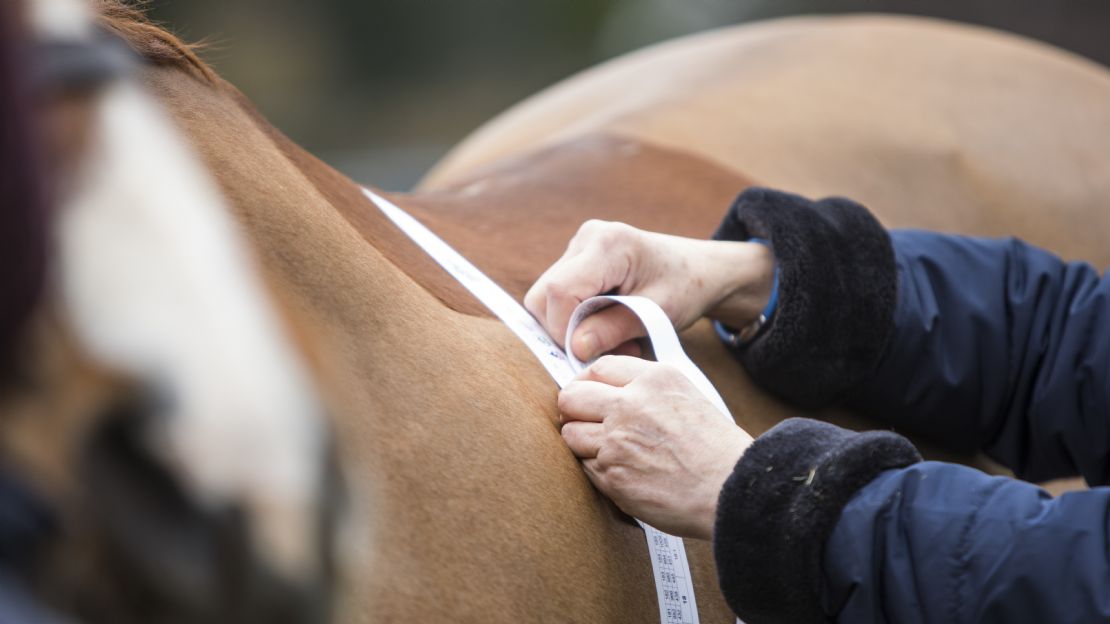When you look on feed bag labels, there is often an impressive list of added vitamins and minerals. You will not see this on Simple System feeds because we do not add any! When natural, high quality forages are used, there is no need to add vitamins because the food itself is naturally supplying the horse's needs - as natural grazing has done for 30 million years! Grass and lucerne are dried in the UK by members of the British Association of Green Crop Driers, and they have analysed these super-feeds for vitamins and minerals with the following results: I have also added the figures for oats (NRC, 2007) by way of comparing cereal with forage.
|
|
units |
Dried grass |
Dried lucerne |
Oats |
|
Calcium |
% Dry Matter |
0.72 |
1.37 |
0.07 |
|
Phosphorous |
"" |
0.3 |
0.29 |
0.3 |
|
Magnesium |
"" |
0.18 |
0.21 |
0.16 |
|
Potassium |
"" |
1.58 |
1.9 |
0.45 |
|
Sodium |
"" |
0.28 |
0.14 |
0.06 |
|
Sulphur |
"" |
0.39 |
0.35 |
0.23 |
|
Cobalt |
Mg/Kg DM |
0.34 |
0.28 |
0.06 |
|
Iodine |
"" |
0.45 |
0.49 |
0.13 |
|
Copper |
"" |
7.9 |
6.9 |
6.7 |
|
Iron |
"" |
584 |
145 |
80 |
|
Manganese |
"" |
104 |
25 |
40 |
|
Molybdenum |
"" |
1.05 |
1.0 |
? |
|
Zinc |
"" |
38.4 |
22.4 |
39 |
|
Selenium |
"" |
0.28 |
0.14 |
0.24 |
|
Vit E |
iu/Kg DM |
32.3 |
34 |
15 |
|
B-carotene (VitA) |
Mg/Kg DM |
57.2 |
31.2 |
0.2 |
So, you can see from the table above that oats are lower in all macrominerals than forages with the only exception of Phosphorous and lower than forages in all the microminerals/trace elements except manganese, zinc and selenium and this only slightly and not always for both grass and lucerne. The difference in vitamins is remarkable. You can imagine that processed by-products of cereals, such as wheatfeed and oatfeed, will offer an even worse profile.
